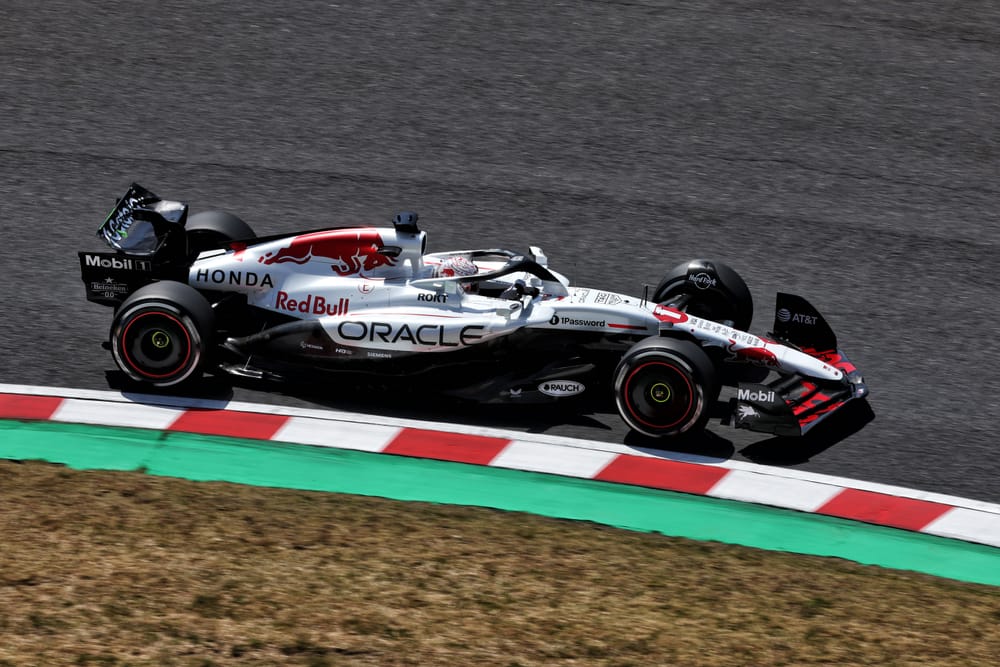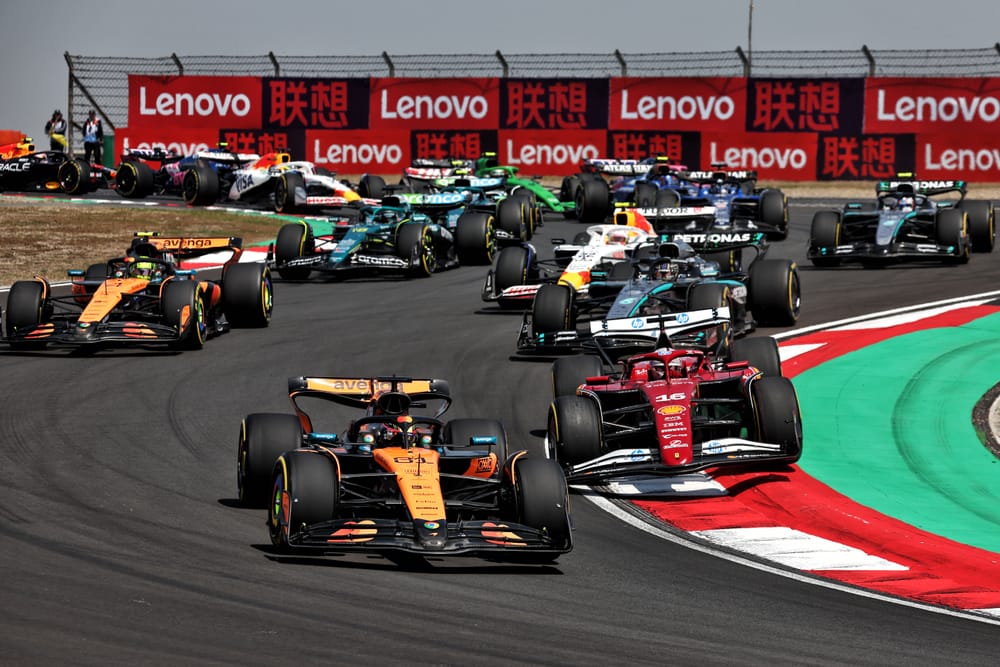Honda’s position on Formula 1’s incoming 2026 rules hints at crucial opposition to a proposal for F1 to change direction and adopt V10 or V8 engines instead.
New-generation V6 hybrids, with more electrification, are due to be enforced next season until the end of 2030.
FIA president Mohammed Ben Sulayem has invited manufacturers to a meeting on Friday at the Bahrain Grand Prix to discuss the possibility of changing engine concepts within that timeline.
Some discussions have already been held with different stakeholders but Ben Sulayem wants to better understand the position of manufacturers and explain why he has suggested F1 explore the return to V10s.
Manufacturers are already deep into expensive and complicated development programmes for the new V6s that will have a near 50/50 split between internal combustion engine and electrical power and are meant to be used from 2026 to the end of 2030.
Those rules were championed by Ben Sulayem and hailed as a success in no small part due to the fact they enticed Audi in as a new manufacturer, and were used by Honda as the key justification for a U-turn on its original decision to withdraw from F1 during the current rules cycle.
But now Ben Sulayem has led a suggestion for the change in engines in 2028 or 2029, with another discussion point being whether it would be at all viable to abandon the shift to the new V6s entirely and continue with the current engines before changing to V8s or V10s.
Friday’s meeting will be key to the FIA understanding officially where the engine manufacturers stand, but so far Red Bull (backed by Ford) and Ferrari are understood to be the most supportive of the idea of changing the engine rules.
Mercedes is willing to discuss the matter, although appears to be leaning towards supporting the current plan for now, while Audi has used its support of the 2026 rules to indirectly share its opposition to the V10 proposal.
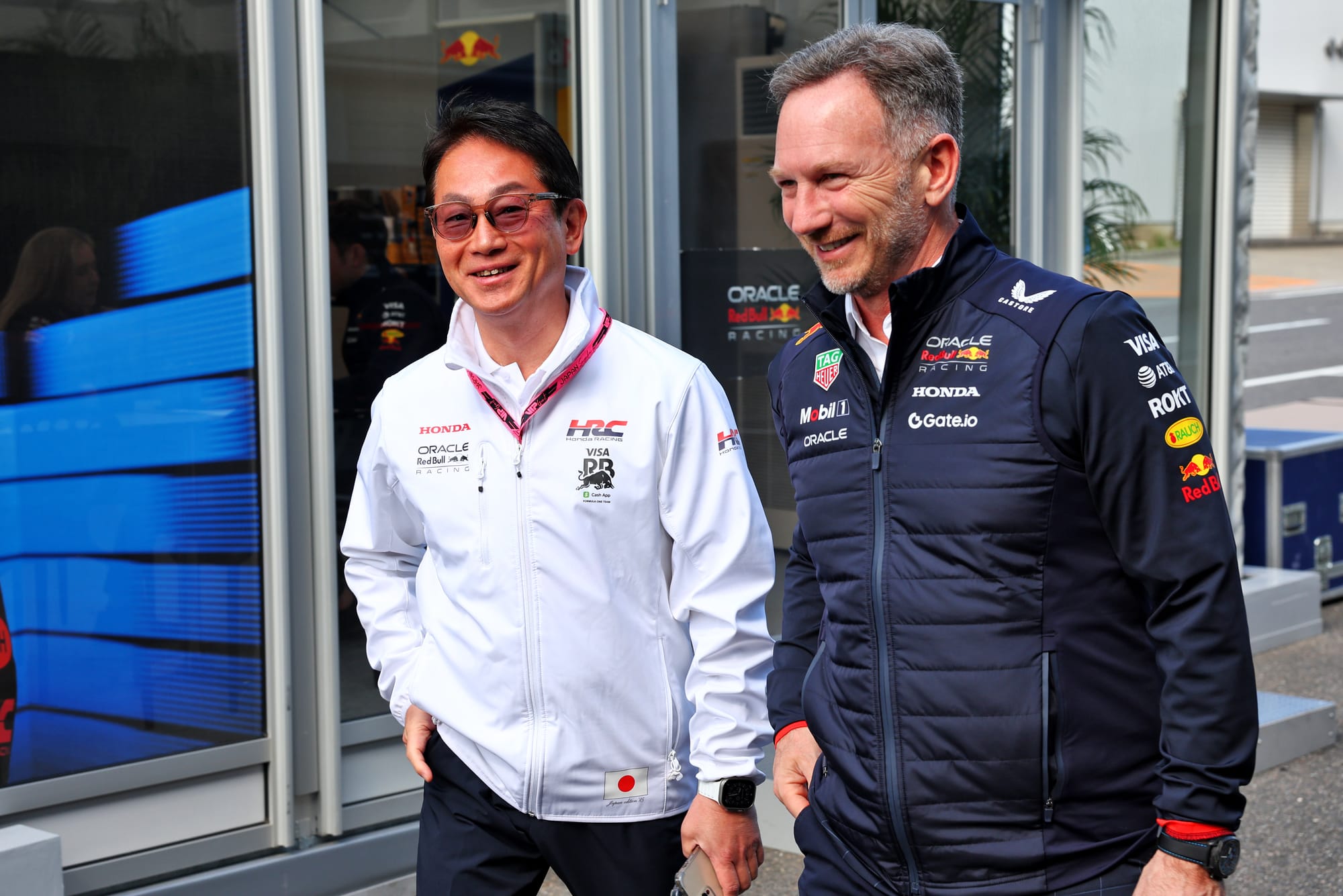
Honda has effectively done the same. When asked specifically about the V10 proposal, Honda Racing Corporation president Koji Watanabe told The Race his company was aware of the FIA’s “intention” and would be “joining the discussion that will take place regarding this topic, but we are not really making any official statements regarding this idea”.
As with Audi, though, Honda’s remarks about the importance of the 2026 rules are a clear indicator of where it stands - and what it wants the FIA to prioritise.
Asked about the importance of the electrification element of the 2026 rules, which were integral to Honda deciding to commit to the new F1 project after its initial formal withdrawal, Watanabe said: “Honda's reason for coming back to joining Formula 1 is, of course, because we liked hearing that the FIA was going to greatly change its technical regulations for 2026 onwards, and the direction was going to be more electrification, meaning it's going to be engine 50%, electricity 50%.
“This is in line with our parent company Honda Motor Company's general strategy for automotive products, because Honda Motor Company is promoting the electrification of our automobile products.
“That is why it is important for us that the FIA is maintaining their focus on electrification.”
Honda recently unveiled new prototype saloon and SUV ‘Honda 0’ models, with production variants coming in 2026. The Honda 0 SUV was demonstrated by Red Bull F1 drivers Max Verstappen and Yuki Tsunoda as part of a show run in Tokyo ahead of the Japanese Grand Prix.
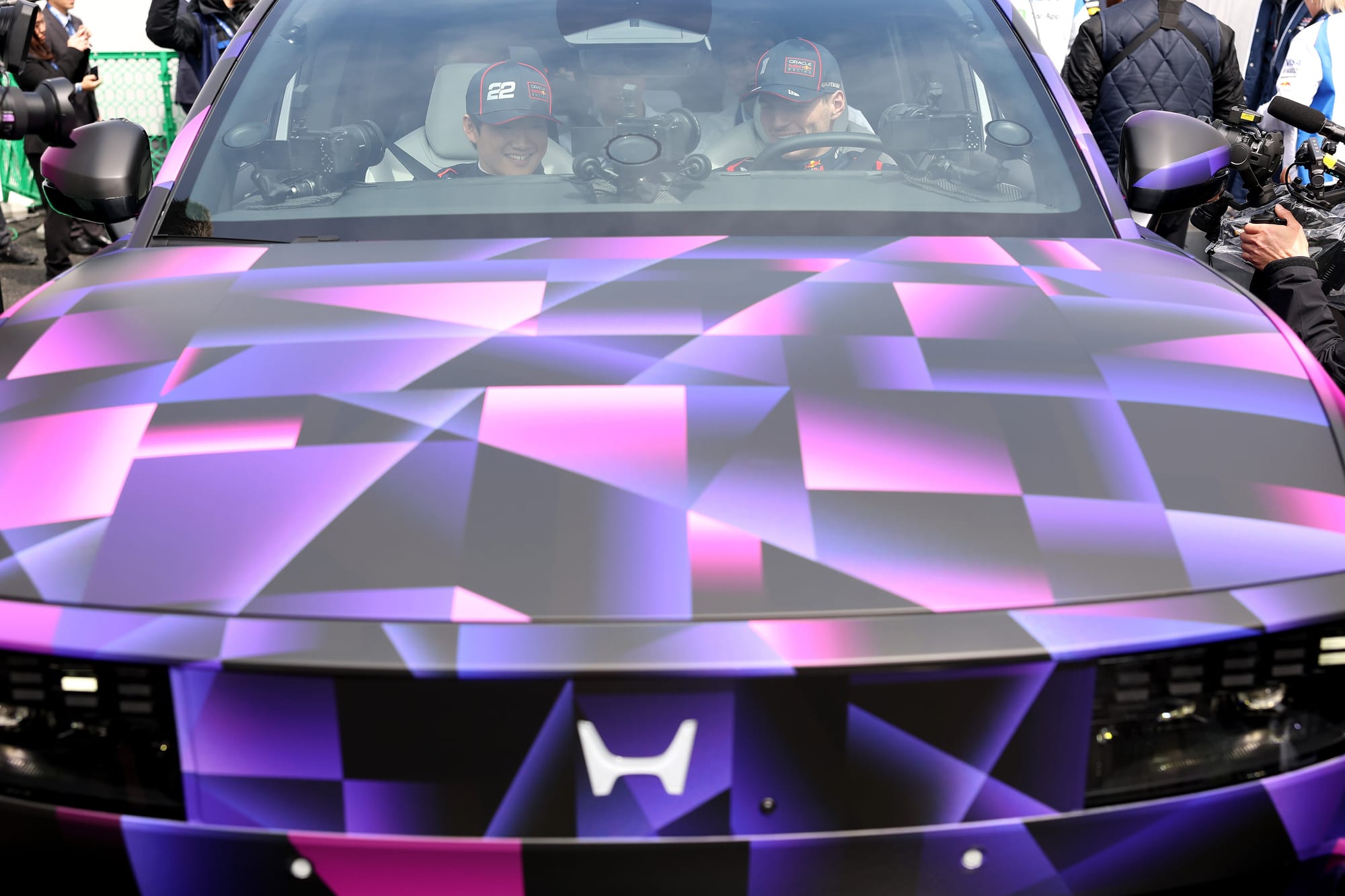
Its automotive strategy is clearly not immediately in line with F1 moving away from a significant increase in electric power output and a return to larger capacity, high-revving combustion engines.
This is significant because it only needs two of the engine manufacturers to object to the proposal for it to be sunk. And the expectation is that a return to V10s will not have enough support, for now, to be pursued.
The boss of Honda’s 2026 partner team Aston Martin, Andy Cowell, has also stressed its position is to pursue the regulations as planned and then work out a new path for 2031 but not before.
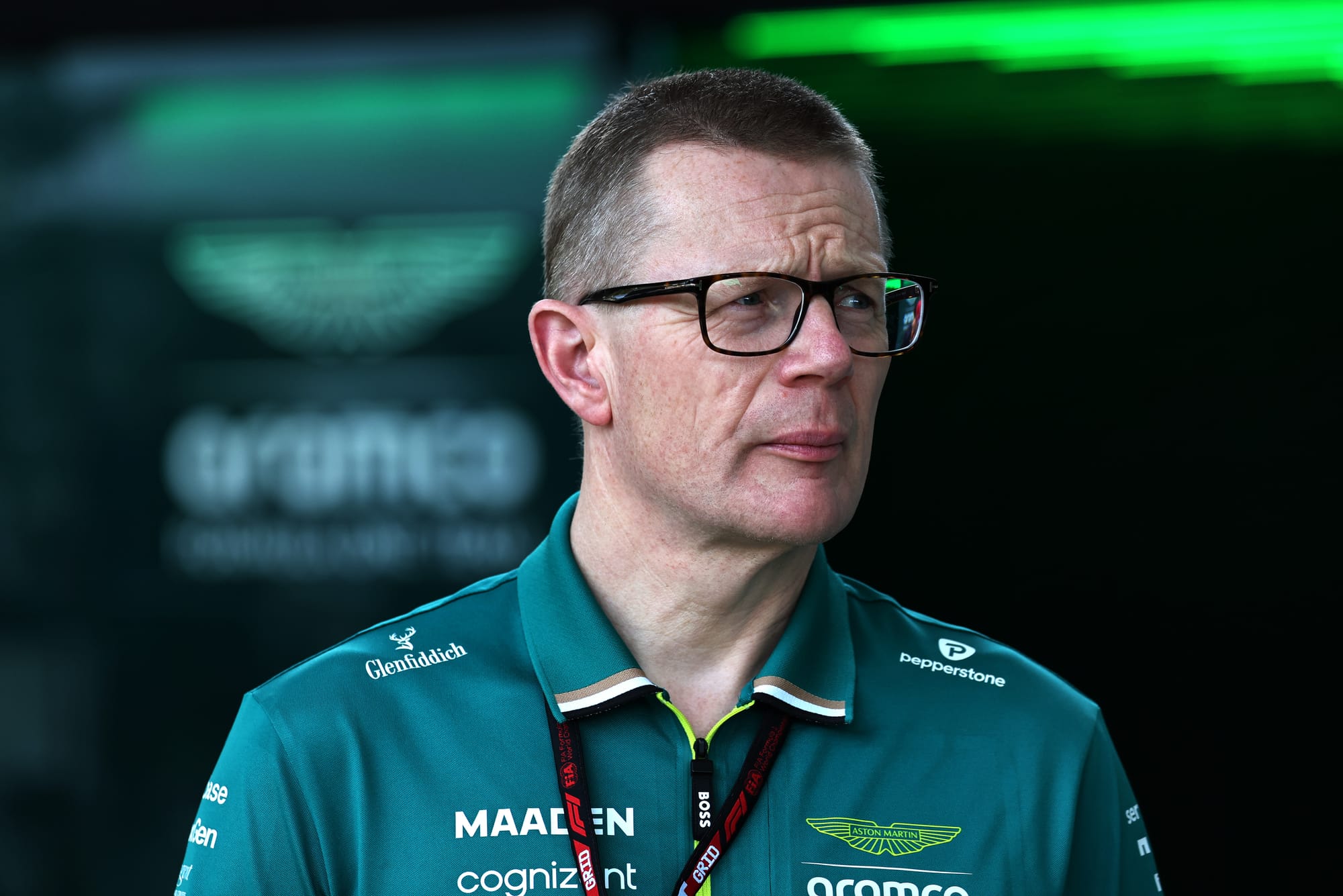
“We need to push forward, talk about the positive things in the regulations, talk about sustainable fuels, talk about the battery being more relevant to other industries, talk about the fact that a 350kW electric machine is exceptionally efficient,” said Cowell.
“The battery round trip efficiency is efficient. The start weight, from a fuel perspective, is lower. And also talk about it is actually a more efficient aerodynamic package. Instead of warming the atmosphere up with all the car energy, we're not going to do that, we're going to save energy with the straightline mode.
“All the positive aspects about what we're working towards, we should be talking about that. And currently it's agreed that we have these regulations for five years.
“Maybe in a year's time, or 18 months time, we should start talking about what comes in 2031.
“These powertrains take quite a long time to develop and mature. So what is it that 2031, what do we think is appropriate for then? And let's all just put our heads down and work hard with the regulations that we've got.”
The desire to focus on making a success of the 2026 rules as they are has also been shared by Mercedes engine customer McLaren.
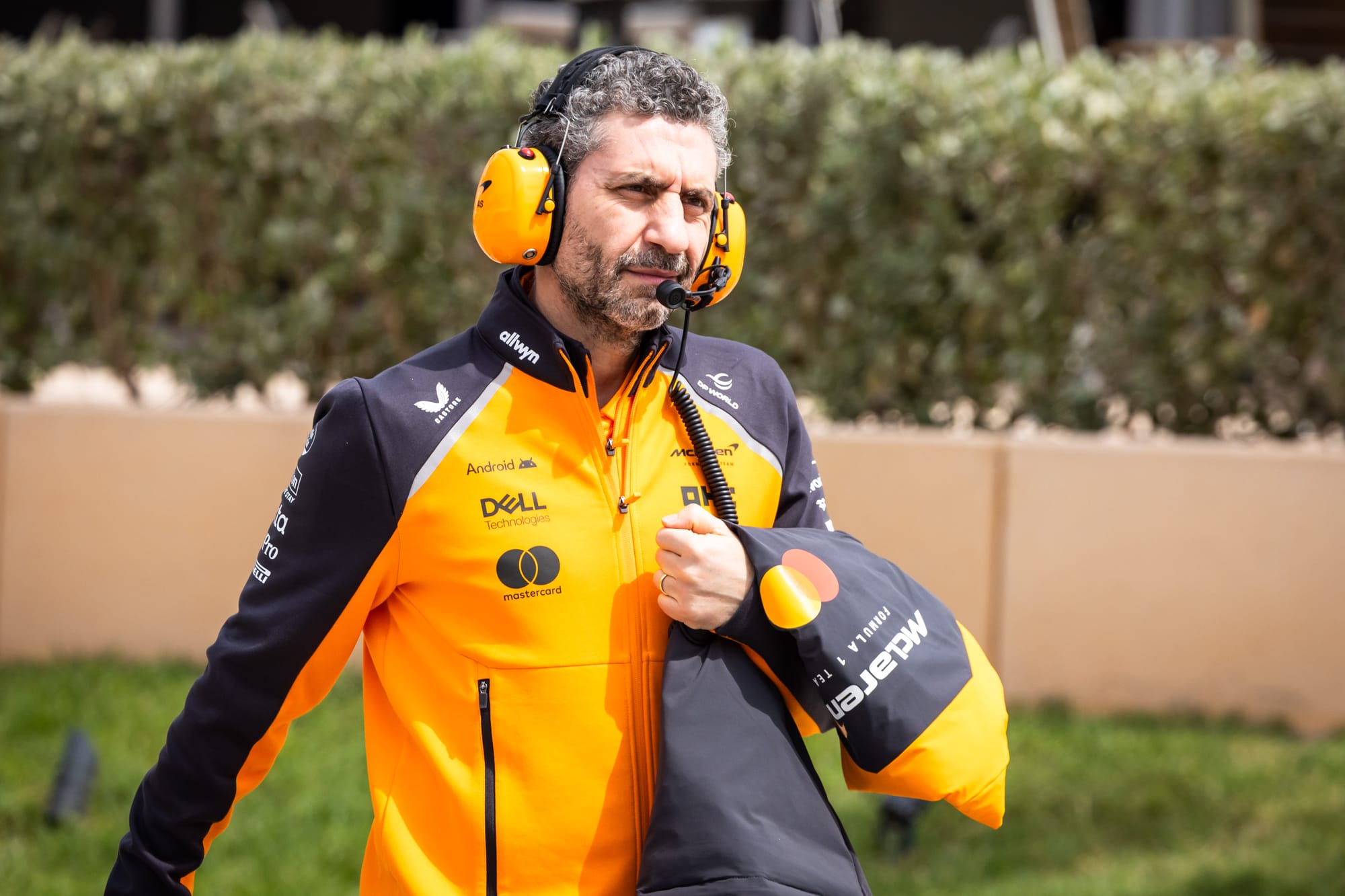
“At the moment for us the right solution is to go on to the new regulations and everyone, very responsibly, give their best and contribute to the success of the new regulations,” said McLaren F1 team boss Andrea Stella.
“Because for us, contributing to the success is actually now in the interest of the sport.”
What remains to be seen is whether any potential concessions will arise as part of the meeting.
For example, Ferrari’s and Red Bull’s positions are thought to be based on concerns about their performance with the new hybrid systems and 100% ‘sustainable’ fuel.
So there could be a move to find a compromise that alters the trajectory of the current regulations - either with changes to homologation rules, or an idea that has lingered for a long time to tweak the ratio of combustion/electric power output.

